Crate Training Mistakes: How to Crate Train Your Dog Kindly
Crate training is one of the best ways to create a safe and comfortable environment for your dog while also encouraging good behavior. Whether you're working on how to crate train an older dog or discovering how to kennel train a dog from scratch, this comprehensive guide will walk you through each step clearly and practically. Read on to help your dog learn to love their crate!
1. Choosing and Preparing the Crate
Start by picking the right size. The crate should allow your dog to stand, sit, and stretch out, but it shouldn’t be too big. If the crate is too spacious, your dog may use one side for sleeping and the other for a bathroom.

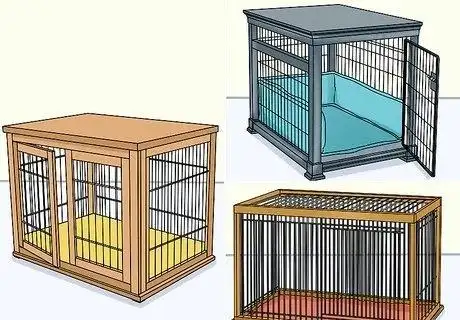
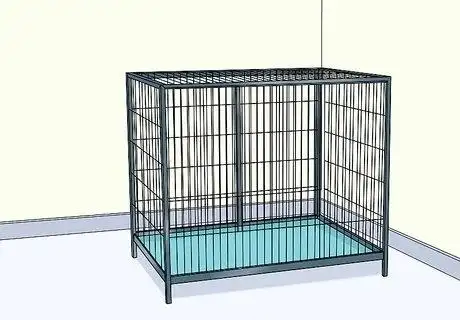
Get a small crate for a puppy and a large one for an adult dog.
You can block off part of a large crate for a puppy until they grow.
Next, decide on the crate style:
Plastic crates: Enclosed, great for travel, and airline-approved.
Wire crates: Sturdy, ventilated, and good visibility—but may feel less cozy.
Furniture-style crates: Designed to match your home decor and double as tables.
Make the crate inviting with a washable mat and a few durable toys. If your dog is a chewer, choose tough, safe materials.
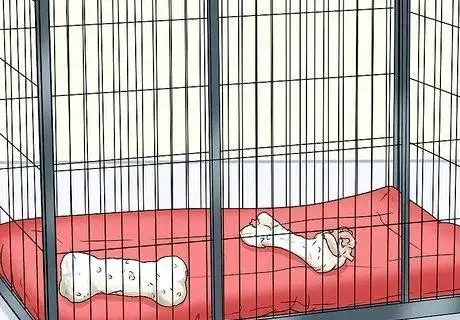
2. Set Up the Crate Location
Place the crate somewhere consistent—preferably near family activity, but not too busy. At night, move it to a quiet space. Add comfort by draping a blanket over a wire crate (safely out of reach).
3. Initial Introduction
Never force your dog inside.
Leave the door open and allow free exploration.
Add treats and familiar blankets inside.
Offer plenty of praise every time your dog enters willingly.
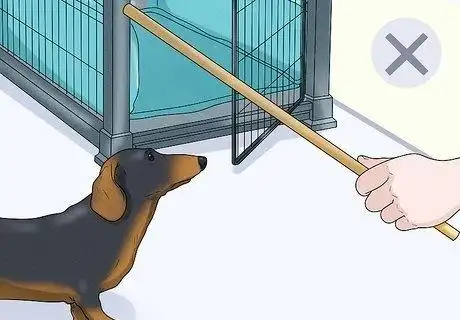
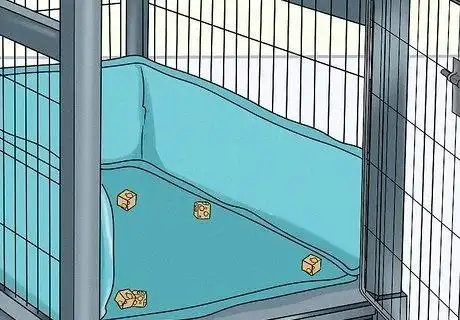
4. Feeding Inside the Crate
Start feeding your dog inside the crate with the door open. If they only go halfway in, place the bowl closer to the entrance and move it deeper as they get more comfortable.
Once your dog is eating happily, close the door during meals and open it afterward. Gradually increase the time the door stays closed post-meal.
5. Creating Positive Associations
Practice short intervals with the dog inside and the door closed. Increase crate time gradually over several days. Only let them out when quiet to prevent teaching them that whining opens the door.
Introduce a command like “Crate” or “Kennel.” Say it as they go inside and reward them to connect the word with the action. This is essential when you're learning how do you crate train a dog.
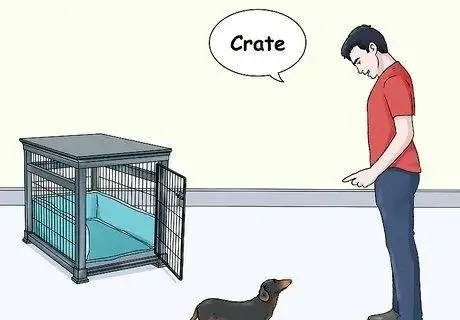
6. Nighttime Crate Training
At night, put your dog in the crate after tiring them out with play. Offer a treat, close the door, and leave the room. Avoid returning while they are whining. For puppies, offer potty breaks during the night, but keep interactions calm and quiet.
7. Practicing Alone Time
Once your dog is comfortable, practice leaving the room for short periods. Slowly increase the time you're gone. If they bark, reduce the time and work back up.
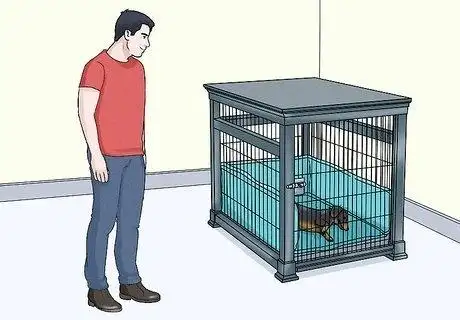
Only let them out when calm. This teaches patience and prevents attention-seeking behaviors.
Everything Our Vets Recommend
8. Leaving the House
Eventually, your dog will be ready to be crated while you’re away. Follow these general time limits:
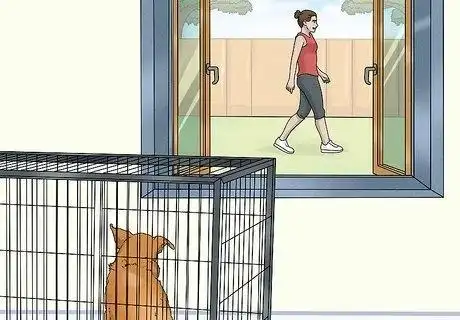
9–10 weeks: 30–60 minutes
11–14 weeks: 1–3 hours
15–16 weeks: 3–4 hours
17+ weeks: up to 4 hours (except overnight)
Don’t make a big deal about leaving or coming home. Keep it calm and quiet to help your dog feel at ease.
9. House Training with a Crate
Crate training is also great for potty training. Bring your puppy outside every 20 minutes. If they go, reward them with excitement and free time outside the crate. If not, return them calmly to the crate and try again later.
Keep a potty journal to understand your dog’s routine. Over time, they’ll learn when and where it’s appropriate to go.

Gradually reduce the crate time and increase supervised freedom as your dog gains control.
If accidents happen, clean them with an enzymatic cleaner and never punish your dog. Supervise closely and give frequent potty breaks.
10. Crate Training for Indoor Potty Use
If you're planning to use crate training to help your puppy learn to potty indoors at first, start the process as soon as you bring your puppy home. The sooner you begin, the fewer accidents you’ll deal with.
Make sure your puppy sees the crate as a safe and personal space. That mindset helps prevent them from eliminating in the crate.
While you're home, keep the puppy in the crate when you can’t supervise directly. Every 20 minutes, take them out for a potty break. If they go, give enthusiastic praise, treats, and a bit of free playtime outside the crate.
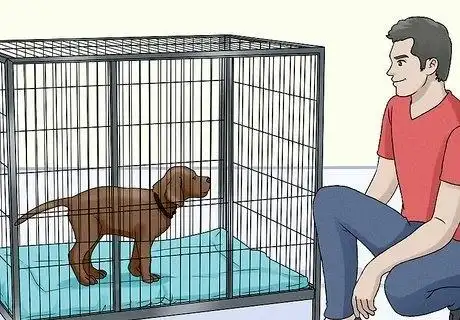
If they don’t go potty, calmly return them to the crate and try again in another 15–20 minutes.
Keep a consistent feeding and potty schedule, and use a journal to track their habits. Over time, this helps you predict potty times and avoid accidents.
As your puppy develops more control, gradually increase supervised freedom outside the crate.
If an accident happens indoors, clean the area thoroughly using an enzymatic cleaner. Avoid ammonia-based products—dogs may mistake them for urine and be drawn back to the same spot.
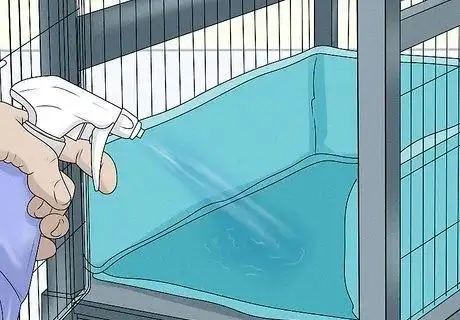
Bonus Tips and Warnings
Use crate-only toys to make crate time feel like a treat.
If your dog barks or whines in the crate, don’t let them out immediately unless you're sure it's due to discomfort.
Always let them out only when they’re quiet—this teaches them patience.
For dogs prone to eye injuries, ensure crate edges are smooth and safe.
Crating should never exceed a few hours at a time during the day (except overnight).
Frequently Asked Questions
Q1: How do I get my dog comfortable with a crate?
A1: Start with short periods, use treats, and never force your dog inside.
Q2: How long can a dog stay in a crate?
A2: Puppies up to 3 hours, adult dogs up to 6–8 hours, but with regular breaks.
Q3: Should I put bedding in the crate?
A3: Yes, but choose materials your dog won’t chew or ingest.
Final Thoughts
Crate training takes patience, consistency, and positive reinforcement. Whether you're learning how to kennel train an adult dog or you're just starting with a puppy, following these clear steps will help create a safe, cozy space your dog will love.
You May Like:
- 3 Mins Daily: How to Train Your Dog to Sit and Stay
- 2025’s Ways: How to Train a Dog Not to Bite Strangers
- 2025’s Fast: How to Potty Train the Dog Stress-Free
- 2025’s Proven: How to Train Your Dog to Not Bark
User Comments
Does flea treatment kill ear mites too?
Can dogs take human probiotics?
Can dogs have people probiotics safely?
Related Articles
View all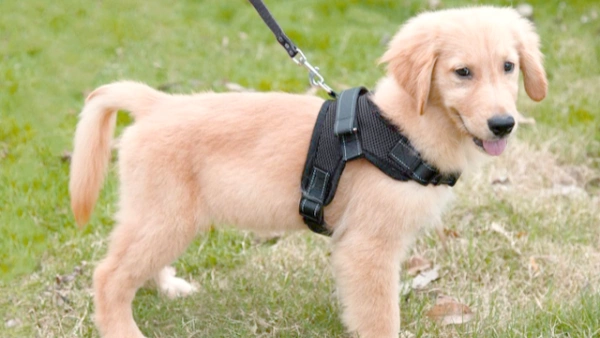
How to Leash Train a Dog: A Step-by-Step Guide to Confident Walks

How to Teach Your Dog to Speak – Easy Steps and Tips

Crate Training Mistakes: How to Crate Train Your Dog Kindly

Top 10 Easiest Dog Breeds to Train – Perfect for First-Time Owners

How to Leash Train a Dog: A Step-by-Step Guide to Confident Walks

How to Teach Your Dog to Speak – Easy Steps and Tips

Crate Training Mistakes: How to Crate Train Your Dog Kindly

Top 10 Easiest Dog Breeds to Train – Perfect for First-Time Owners
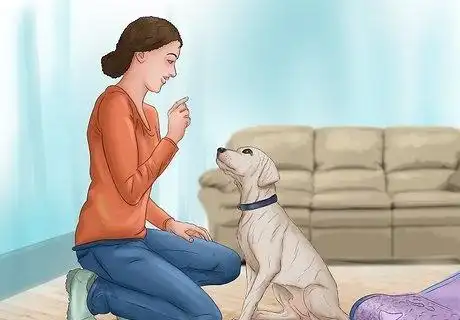
How to Train Your Dog to Sit and Stay: Step-by-Step Guide

2025’s Ways: How to Train a Dog Not to Bite Strangers

2025’s Fast: How to Potty Train the Dog Stress-Free
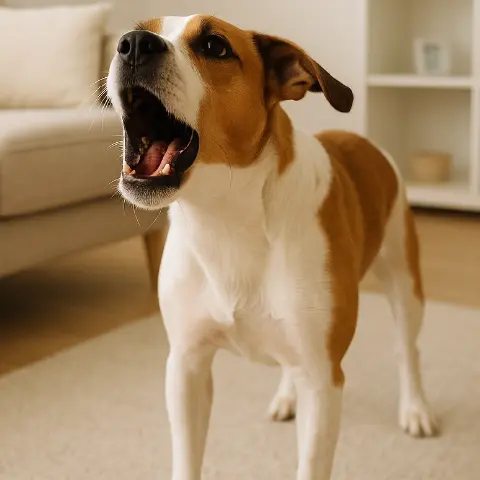













Leave a Reply